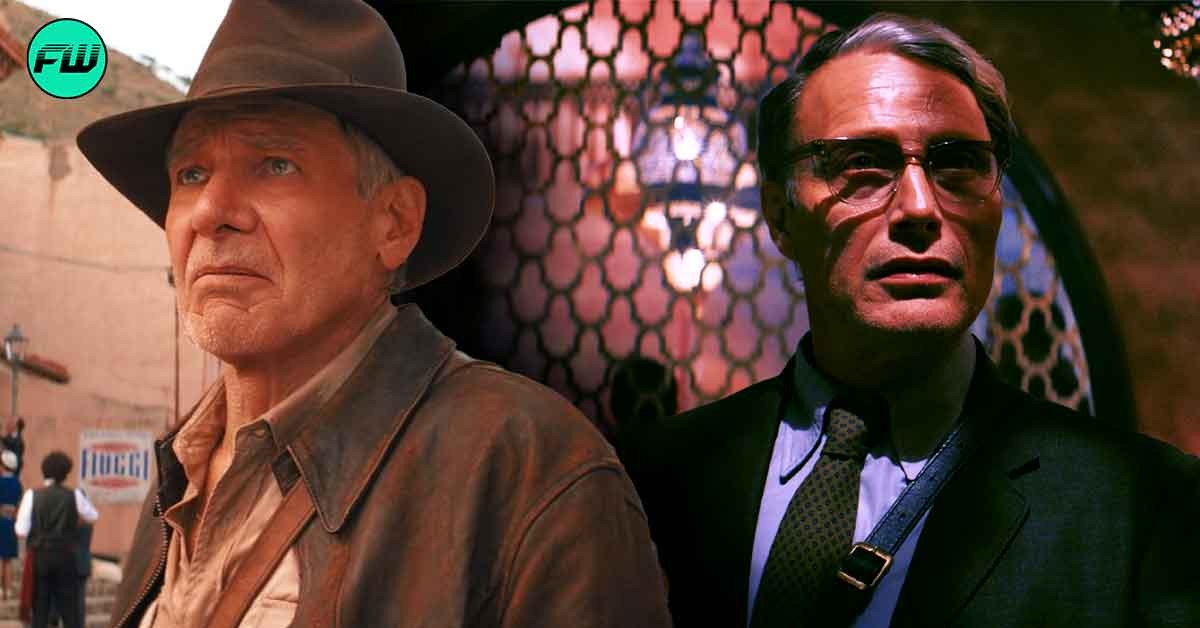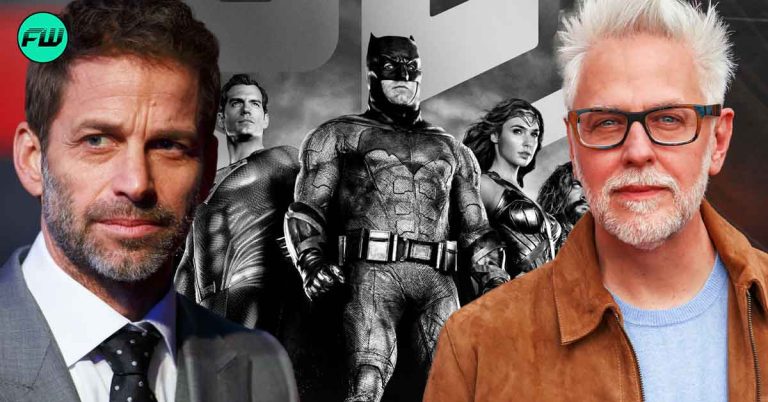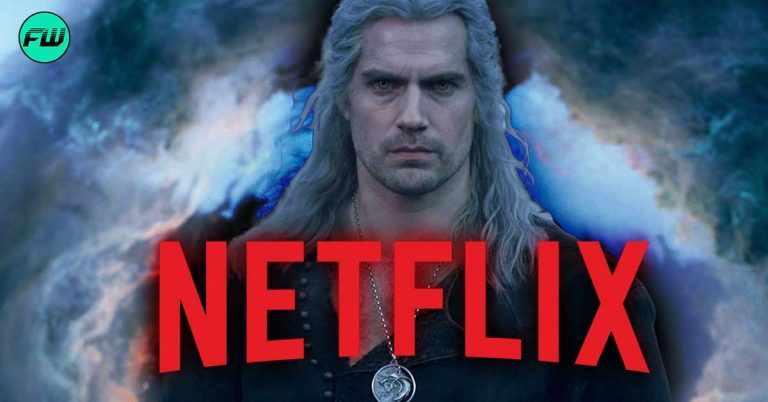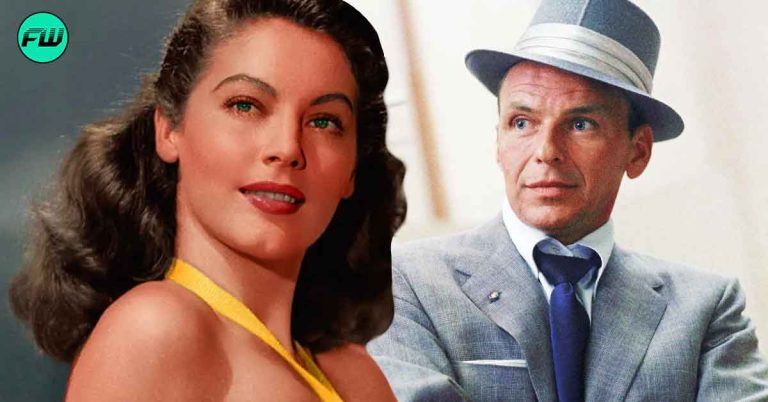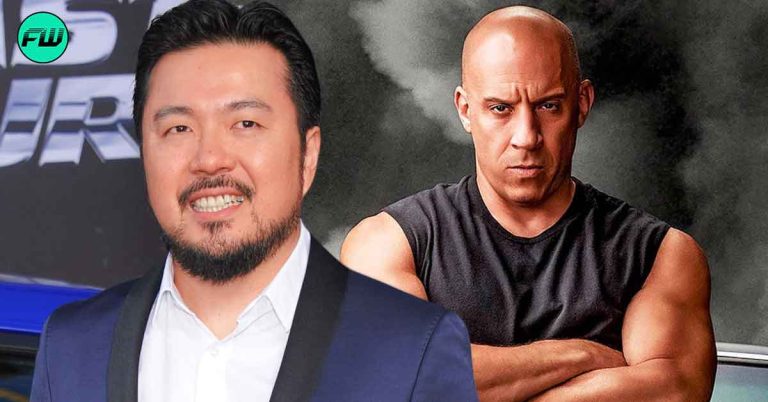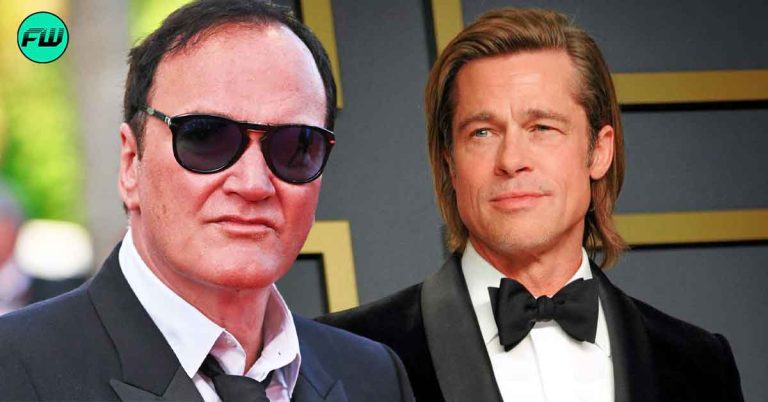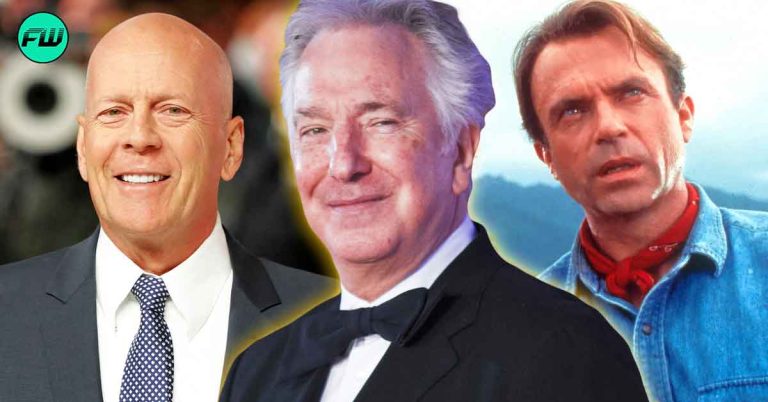The fifth installment of the Indiana Jones franchise, Indiana Jones and the Dial of Destiny, has taken a bold leap into the future by journeying into the past. The film has stirred up a whirlwind of discussion, not just for its thrilling narrative but also for its audacious use of de-aging technology on its 80-year-old star, Harrison Ford. This ambitious endeavor has sparked a fascinating debate about the ethical and aesthetic implications of digitally reversing the hands of time.
Mads Mikkelsen’s Take on the De-Aging Process and Co-Star Interactions
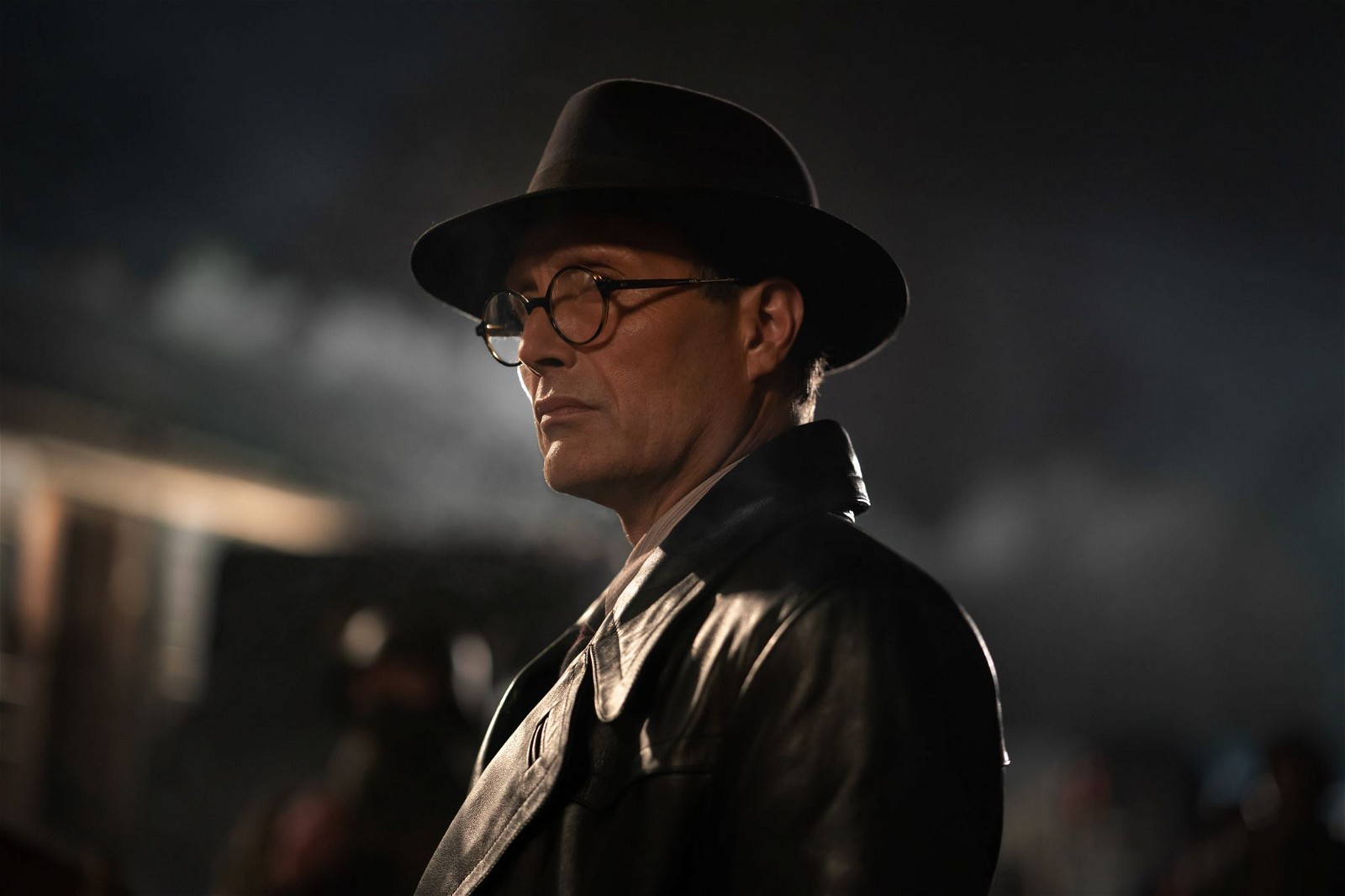
Mads Mikkelsen, the film’s antagonist, offered an intriguing perspective on the de-aging process during an interview with Vanity Fair. He described a peculiar “smell of plastic” associated with the technology, a sensory detail that underscores the artificiality of the process.
In the same interview, Mikkelsen shared his admiration for the script and how it handled Ford’s age.
“They took into consideration his age in really appropriate ways. They didn’t step on it constantly. They just bumped into it occasionally, which I thought was great because if it was too much, it would be annoying,”
Mikkelsen also praised the film’s ending, describing it as “quite touching for an Indiana Jones film.”
Mikkelsen’s interactions with his co-stars, particularly Ford, were marked by mutual respect and admiration. Despite the oddities of the de-aging process, Mikkelsen expressed admiration for Ford’s agility and talent, which remained undiminished by the passage of time. His insights provide a unique behind-the-scenes look at the making of the film and the challenges and rewards of working with groundbreaking technology.
Also Read: “I’m ready”: Indiana Jones 5 Star Mads Mikkelsen Begged for a Martin Scorsese Movie
Indiana Jones Takes a Nostalgic Leap Back to 1944
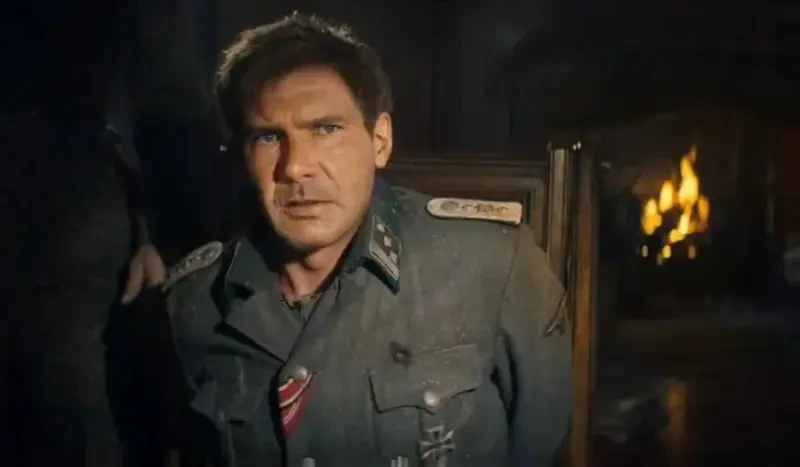
The film’s director, James Mangold, made a daring narrative choice to kickstart the movie with a 25-minute opening sequence set in 1944. This action-packed extravaganza, featuring a de-aged Ford battling Nazis on a high-speed train, was designed to rekindle the audience’s memories of Indiana Jones‘ heroic past.
The de-aging technology was instrumental in realizing this vision, allowing Ford to portray his younger self convincingly. Despite the uncanny quote alluded to by Mikkelsen, the technology has been lauded for its ability to recreate Ford’s youthful vigor and charisma.
The De-Aging Debate: A Step Forward or a Leap Backward?

The use of de-aging technology in Hollywood has been met with mixed reactions. Critics, as highlighted in a Variety article, argue that the technology often falls short of replicating the natural appearance of a younger self. The effects can distract viewers and lack the subtle nuances and authenticity that create human expressions. However, proponents of the technology see it as a revolutionary tool that can expand the boundaries of storytelling.
The de-aging technology used in Indiana Jones and the Dial of Destiny has opened Pandora’s box of possibilities and debates that will shape the future of filmmaking.
As we marvel at the spectacle of an 80-year-old Ford reprising his iconic role, we are left to ponder the implications of this digital fountain of youth. Is it a testament to our technological prowess or a reminder of our obsession with recapturing the past? Only time will tell.
Indiana Jones and the Dial of Destiny is currently in theatres worldwide.
Source: Vanity Fair

